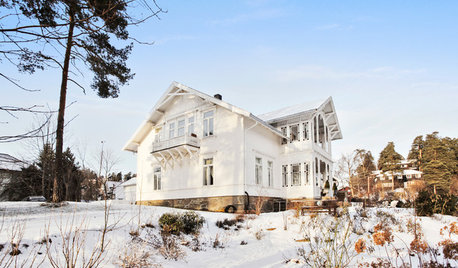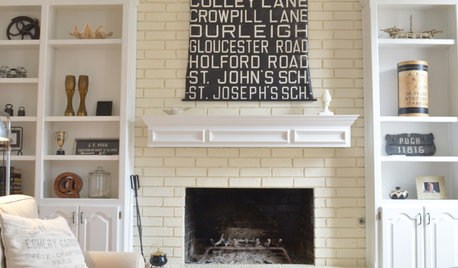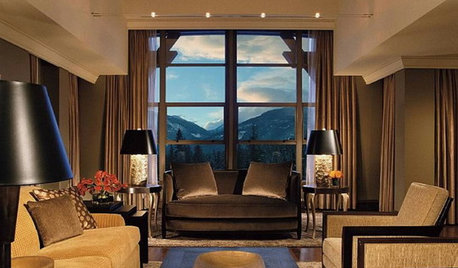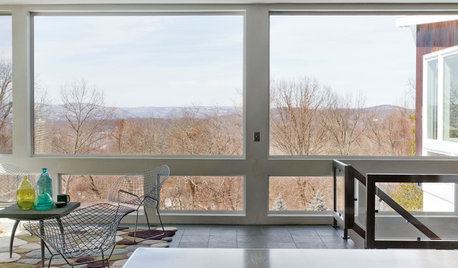200 amp panel for new basement: ground and neutrals on same bus
hammick
15 years ago
Related Stories

DECORATING GUIDESNo Neutral Ground? Why the Color Camps Are So Opinionated
Can't we all just get along when it comes to color versus neutrals?
Full Story
HOUZZ TOURSHouzz Tour: Updated Elegance for a 200-Year-Old Norwegian Mansion
Original details are restored to glory with a modern color palette and set off by fresh furnishings and a more open layout
Full Story
PAINTINGKnotty to Nice: Painted Wood Paneling Lightens a Room's Look
Children ran from the scary dark walls in this spare room, but white paint and new flooring put fears and style travesties to rest
Full Story
HOUZZ TOURSMy Houzz: Neutral and Natural Elegance in Texas
Creamy hues, plush furnishings and vintage touches create a serene setting for a stylist and her family
Full Story
GREEN BUILDINGThe Big Freeze: Inventors Break New Ground to Keep Things Cool
Old-fashioned fridges can be energy guzzlers, but there are more eco-friendly ways of keeping food fresh, as these global innovations show
Full Story
NEUTRAL COLORS10 Ways to Make Your Neutral Palette Shine
Wake up your beige and gray with a rich combination of texture, shape and pattern
Full Story
GREEN BUILDINGGoing Solar at Home: Solar Panel Basics
Save money on electricity and reduce your carbon footprint by installing photovoltaic panels. This guide will help you get started
Full Story
GREEN BUILDINGLet’s Clear Up Some Confusion About Solar Panels
Different panel types do different things. If you want solar energy for your home, get the basics here first
Full Story
HOUZZ TOURSMy Houzz: A Classic Midcentury Home Wrapped in Windows
A couple's 4-year restoration and renovation results in a bright look for their wood-paneled house in New York
Full Story
TINY HOUSESHouzz Tour: A Custom-Made Tiny House for Skiing and Hiking
Ethan Waldman quit his job, left his large house and spent $42,000 to build a 200-square-foot home that costs him $100 a month to live in
Full StorySponsored
Most Skilled Home Improvement Specialists in Franklin County
More Discussions









bus_driver
billhart
Related Professionals
Aurora General Contractors · Canandaigua General Contractors · Centereach General Contractors · Deer Park General Contractors · Easley General Contractors · Maple Heights General Contractors · Port Washington General Contractors · Springboro General Contractors · Stillwater General Contractors · West Babylon General Contractors · Dover Solar Energy Systems · Montclair Solar Energy Systems · Norwich Solar Energy Systems · Brookline Home Automation & Home Media · Hialeah Gardens Home Automation & Home MediahammickOriginal Author
bus_driver
jmvd20
hammickOriginal Author
jmvd20
hammickOriginal Author
pcoonce
brickeyee
Ron Natalie
brickeyee